LATVIJA.FM
Jewish Life in Interwar Latvia: A Golden Yet Fragile Era
Between 1918 and 1940, Latvia’s Jewish community experienced a period that could be described as both a cultural renaissance and a time of underlying fragility. With the birth of the Latvian Republic, Jews gained unprecedented opportunities for self-expression and political participation. Riga, Daugavpils, and Liepāja became hubs of Jewish education, theater, and publishing, as Yiddish and Hebrew flourished in schools and newspapers. Yet, despite the vibrancy of this interwar golden era, subtle tensions and the looming specter of regional instability would foreshadow the tragic upheavals to come.
Cover image: Inauguration of the Bulduri Synagogue, 14 August 1938. A fleeting moment of Jewish cultural life in interwar Latvia, just before Soviet deportations and the Nazi occupation brought the community to tragedy. (Yiddishe bilder 46, 18 Nov 1938 — public domain)
A Flourishing Cultural Landscape
The interwar years witnessed a remarkable flowering of Jewish cultural life in Latvia. Riga alone boasted several Yiddish and Hebrew theaters, where productions ranged from classic shtetl comedies to works by Sholem Aleichem and contemporary European dramatists. Traveling troupes regularly visited smaller cities, ensuring that cultural life was not confined to the capital. Newspapers and literary journals such as Frimorgn and Haynt offered daily insights into world events and local politics, fostering a sense of intellectual vitality. Jewish writers and poets gained recognition not only within their communities but also in broader Latvian literary circles, creating a dialogue that reflected the complex, multilingual identity of the young republic. These endeavors were not simply entertainment; they were a means of cultural preservation and self-assertion, demonstrating that Latvia’s Jewish population was both deeply rooted locally and connected to global currents of Jewish thought.
Education as a Cornerstone of Identity
Education became a defining pillar of Jewish life in independent Latvia. The government’s policy of minority cultural autonomy allowed the Jewish community to maintain a wide network of schools where instruction took place in Yiddish, Hebrew, or both, reflecting the community’s ideological diversity. Riga housed the prestigious Jewish Gymnasium, while Daugavpils and Liepāja supported smaller but equally ambitious schools. These institutions were more than centers of academic learning; they were crucibles of identity formation, where students explored history, religion, and the arts alongside modern sciences and languages. Teachers often doubled as cultural activists, hosting literary evenings and preparing students for higher education abroad. Education also provided a pathway for young Jews to engage with the Latvian state while retaining their heritage, bridging two worlds in a period that seemed to promise stability and shared prosperity.
A Vibrant Political and Civic Presence
Politically, interwar Latvia offered Jews an arena of participation unparalleled in the region. Through the system of cultural autonomy and proportional representation, Jewish parties were active in the Saeima (parliament) and municipal councils, where they advocated for minority rights and social improvements. The community’s political landscape was far from monolithic: Zionist groups debated the merits of aliyah to Palestine, Bundists championed socialist ideals, and religious parties emphasized traditional communal life. In Riga and other cities, Jewish trade unions and professional associations shaped economic and social policy, integrating the community into the broader fabric of Latvian civic life. Yet, this engagement was always conducted with a keen awareness of vulnerability. The rise of authoritarianism in the 1930s and the spread of nationalist rhetoric created an uneasy tension between the promise of integration and the reality of lingering prejudice.
Everyday Life in a Time of Hope
Beyond politics and institutions, the interwar years were defined by the rhythms of daily life. Markets in Riga’s Maskavas Forštate buzzed with Jewish merchants selling goods that connected the countryside to the city. Cafés doubled as informal debating halls, where intellectuals discussed everything from Yiddish literature to the latest developments in Europe’s increasingly volatile political scene. Families celebrated holidays with a mix of traditional observance and modern flair, reflecting the balance between heritage and urban life. Jewish sports clubs, such as the Maccabi organization, encouraged physical fitness and camaraderie, hosting events that drew crowds from across the community. This everyday vibrancy created a sense of cautious optimism, a belief that Jewish life in Latvia could harmoniously coexist with the national project of the young republic, even as the shadow of European antisemitism began to lengthen.
The Fragility Beneath the Golden Era
Despite its many achievements, interwar Jewish life in Latvia rested on a fragile foundation. The authoritarian turn under Kārlis Ulmanis in 1934 curtailed some aspects of minority political autonomy, and economic pressures often exacerbated social divides. While violent antisemitism was less pronounced than in some neighboring countries, it was never entirely absent, surfacing in subtle discrimination and political rhetoric. International events, particularly the growing menace of Nazi Germany, cast a long shadow over the community’s sense of security. By the late 1930s, many Latvian Jews began to consider emigration, sensing that their cultural achievements and civic integration might not withstand the tide of European turmoil. The vibrant theaters, schools, and newspapers of this period thus stand as poignant reminders of a community that thrived creatively and intellectually, yet lived in the uneasy space between hope and foreboding.
